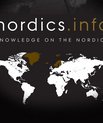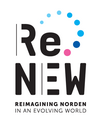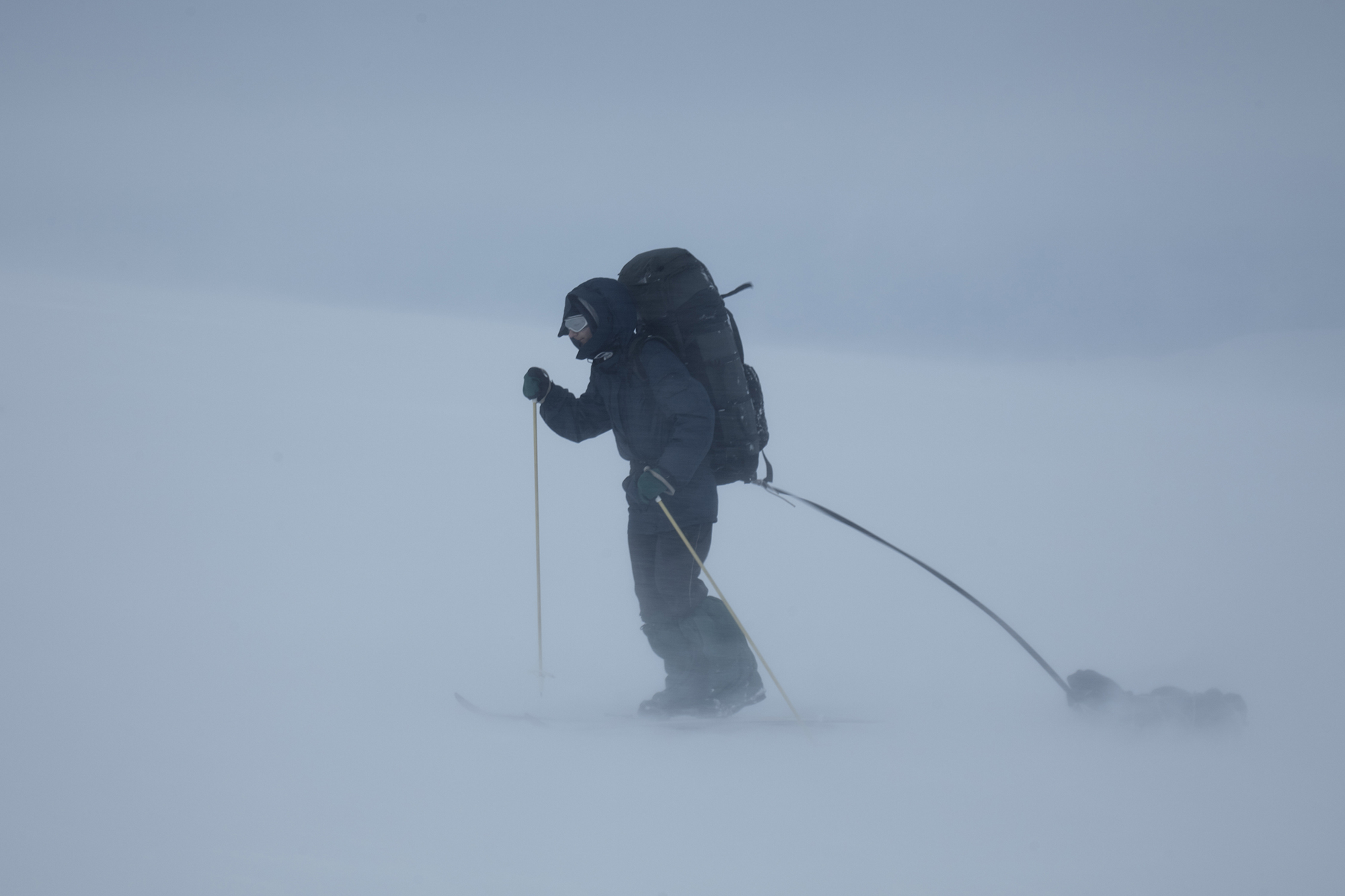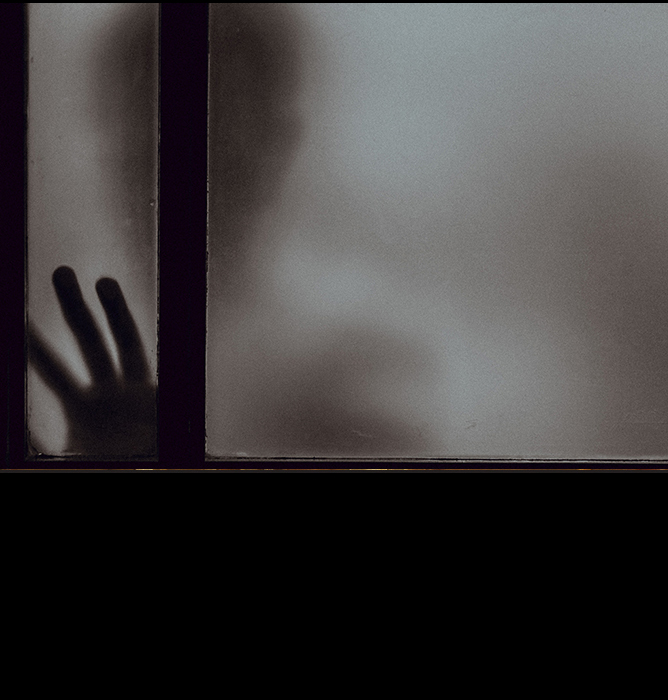Nordic Noir
Nordic Noir
On this theme page, you will find articles, film and podcasts relating to Nordic Noir.
Nordic Noir is most often considered to be a specific genre of TV series, but it can also include literature, a range of film productions, video games, and has even been extended to style, design, and music. Its key elements include a murky atmosphere, dark narratives, and flawed protagonists. Its popularity may lie in the fact that it usually undercuts the dominant narrative of the Nordics as thriving states with happy people and successful economies – there is a dark underbelly here, too.
The literature behind Nordic Noir
In Jakob Stougaard-Nielsen’s article entitled Nordic crime fiction, you can read that crime fiction in the Nordic countries has a long history, with early examples being the Danish Steen Steensen Blicher’s Præsten i Vejlbye (1829) (The Pastor of Vejlbye, 1991) and the Norwegian Maurits Hansen’s detective story Mordet på Maskinbygger Roolfsen (1839) (The Murder of Engineer Roolfsen). It is in the period since the Second World War, however, that Nordic crime fiction has contributed a growing number of globally successful authors. During this time, the genre has been influenced by crime fiction elsewhere, such as the British Golden Age of crime writers in the 1920s and 30s. Indeed, the police procedurals, found for example in the work of Ed McBain, helped prepare the ground for Nordic Noir.
From 1965-75, the Swedish author duo Maj Sjöwall and Per Wahlöö laid the foundation for the genre with their ten-volume series about police inspector Martin Beck known as ‘Roman om ett brott’ (‘Report of a Crime’). The 1990s saw a new wave of crime writing when Nordic crime fiction began to emphasise social realism and criticism, gloomy Nordic locations and the trademark morose detective. This period saw an increase in the popularity of writers like Norway’s Jo Nesbø, Sweden’s Stieg Larsson and Denmark’s Anders Bodelsen. Nordic crime fiction has been a significant sub-genre within crime fiction, and frequently uses the crime plot to interrogate many different aspects of the Nordic societies.
If you are interested in reading more about Nordic fiction, you may like to take a look at the articles an overview of Nordic prose fiction since 1945, Modernism in the Nordic countries, or Nordic Science Fiction.
Opposing images: faultless societies vs dysfunctionality
The boom in crime literature in 1990s coincided with a wider fascination with the ostensibly successful Nordic welfare states, and desirable Nordic stereotypes such as happiness, equality and high-quality design.
Nordic Noir has both contributed to, and benefitted from, the global ‘brand’ of the Nordic countries. It is a complex question whether the Nordics have intentionally and systematically ‘sold’ a particular brand to the rest of the world via institutions like the Nordic Council, or whether these images have been imposed by those outside the region. You can hear more about the creation of national and regional identities and Nordic branding in two podcasts on The Nordics and identity. Additionally, our partner at the University of Oslo, UiO:Nordic, has looked into branding of the Nordic countries, and further information about this subject can be found here: University of Oslo Nordic Centre: Nordic Branding.
What seems clear is that the popularity of Nordic Noir can at least in part be explained by the fact that it undercuts the image of the well-functioning welfare state which the Nordic countries are otherwise famous for. This theme is explored in the film Style and meaning in Nordic Noir: Reimagining the welfare states. Other meaningful themes have also been successfully explored, like issues of geopolitics and the image of the Nordic countries as environmentally friendly (see the film Cold Bodies: The geopolitics of ice in recent arctic cinema and the film Reimagining Nordic Eco-exceptionalism in the television series Occupied respectively).
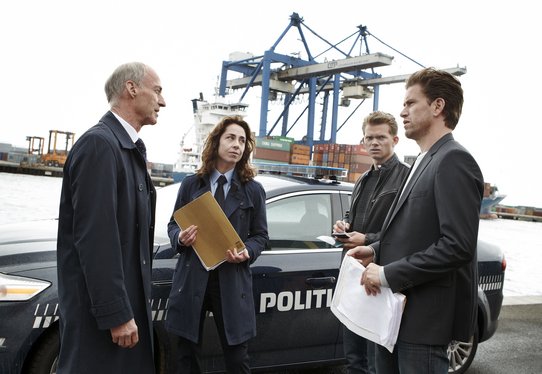
PICTURE: Lack of police corruption made Argentinian audiences question the realism of Danish TV series such as The Killing, pictured here. Photo: © DR.DK Pressefotos
The exploration of real life issues without pulling any punches has given Nordic Noir a sense of authenticity with audiences. A research group at Aarhus University has looked into why Danish TV programmes specifically have been so popular around the world, and found that it is often dependent on the type of viewer and where they come from. In Argentina, the niche audience of series like The Killing and The Bridgefind them intelligent and even ‘too good to be true’ due to the lack of corruption in the police force. While in Germany, the reasons for Nordic Noir’s ongoing popularity include the general accessibility of Nordic television in Germany, the existing success of the genre in crime literature, and in the specific aesthetics of the series. You can watch an overview of their research findings here: Why did the world fall in love with Danish TV drama?
These programmes inevitably shape international perspectives of the Nordic countries. This, and the fact that these images have a knock-on effect in geo-politics, is discussed in a talk by Robert Sanders entitled Screening the Nordic City: The Politics of Place and Space in Contemporary Crime Series which took place in December 2019 at Malmö University.
Certain characteristics and tropes have been used to good effect in Nordic Noir. Read about how the smart phone in Nordic Noir TV series has emerged as a key visual and dramaturgical tool, and has become an integral part of the crime-solving toolkit. Similarly, cracks are often used in Nordic Noir TV series, by drawing the viewer in and providing a space of darkness and potential danger. Metaphorically, cracks thus symbolise a larger suite of problems, including the disintegration of the welfare state.
If you are interested in reading more about the Nordic welfare states, you may like to review our theme page on The Nordic Model, including watching the film by Professor Mary Hilson, or read one of our numerous articles and films on the building of the Danish welfare state or Norwegian welfare state, or about the challenges facing the Nordic welfare states today.
Nordic Noir extending beyond TV
The article video games as societal critics of the Nordics: Case studies in Game Noir sets out that Nordic Noir is also found in the world of video games. They are not just a form of entertainment, but also provide alternative perspectives on the wider region individual countries, and various societies. These perspectives tend to differ from the projected positive images of the Nordic region, as they often focus on flaws and struggles. Video games, with their wide influence, can deconstruct the myth of Nordic exceptionalism through pop culture, taking up and continuing to explore in new ways what was started by Nordic Noir since the 1990s.
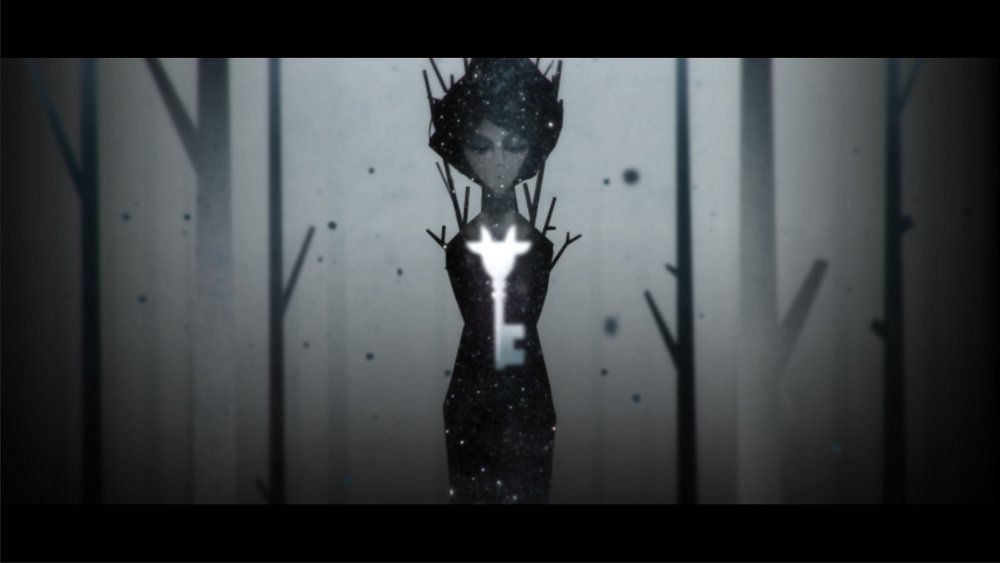
PICTURE: A scene from 'YearWalk' with reference to Swedish folklore tradition. Source of picture: game producers SIMOGO.
The Nordic media landscape
Public service media in the Nordic countries started early, with national broadcasters all being established relatively soon after the BBC in 1922. There has also been Nordic cooperation in the media realm. Nordvision is a Nordic Public Service Media Partnership that aims to ensure there is collaboration between the public service media in these small nations, namely, between DR (Denmark), NRK (Norway), SVT (Sweden), Yle (Finland), and RUV (Iceland), and four associated partners: KNR (Greenland), KVF (Faroe Islands), UR (Sweden) and Sveriges Radio (SR, Sweden). By way of example, there was a total of 83 co-productions in 2019.
Nordics.info has a growing number of articles and films that provide a taste of elements of the Nordic media landscape:
- Against the backdrop of the events in 1968, the article How to raise your parents: Scandinavian children’s television in 1970s sets out the burgeoning development of children’s media at this time. Children’s TV fostered anti-authoritarianism and emancipation at a time when the private was political. These debates influenced programme policy and production, as well as engaging other prominent issues, such as equality and a greater awareness of the power struggles between political centres and the periphery - and arguably still influence children’s TV programming to this day.
- Public service media in the Nordics is sometimes required by law to incorporate culture and history (and therefore by default Christian heritage) into their programming. The article Celebrating Christmas at the edge of religion in Scandinavia and the interview The border between religion and culture at Christmas time in Scandinavia delve into these subjects. For example, they look at the tradition for Christmas TV series to be broadcast every day during advent in some Nordic countries, produced by both public and private broadcasting corporations. These tend to be family shows and may or may not have an element of spiritual or contemplative subject matter; however, there is always some connection to Christmas and/or Christmas traditions.
- Regional film funds have been used in the Nordics to foster growth outside of metropolitan areas. The film Danish Regional Film Funds tracks the development and success of these funds since the 1990s.
Here is a list of articles, in the order that they have been published, that are to do with the Nordic Noir theme:
Further reading
- A.M. Waade and K. T. Hansen, Locating Nordic Noir: From Beck to The Bridge, (London: Palgrave Macmillan, 2017).
- Cassinger, C., Lucarelli, A., & Gyimóthy, S. (2019).The Nordic Wave in Place Branding: Poetics, Practices, Politics. Edward Elgar Publishing.
- J. Stougaard-Nielsen, Scandinavian Crime Fiction (London: Bloomsbury, 2017).
Links
- A Guide to Nordic Noir by The New York Times, 24th July 2020



